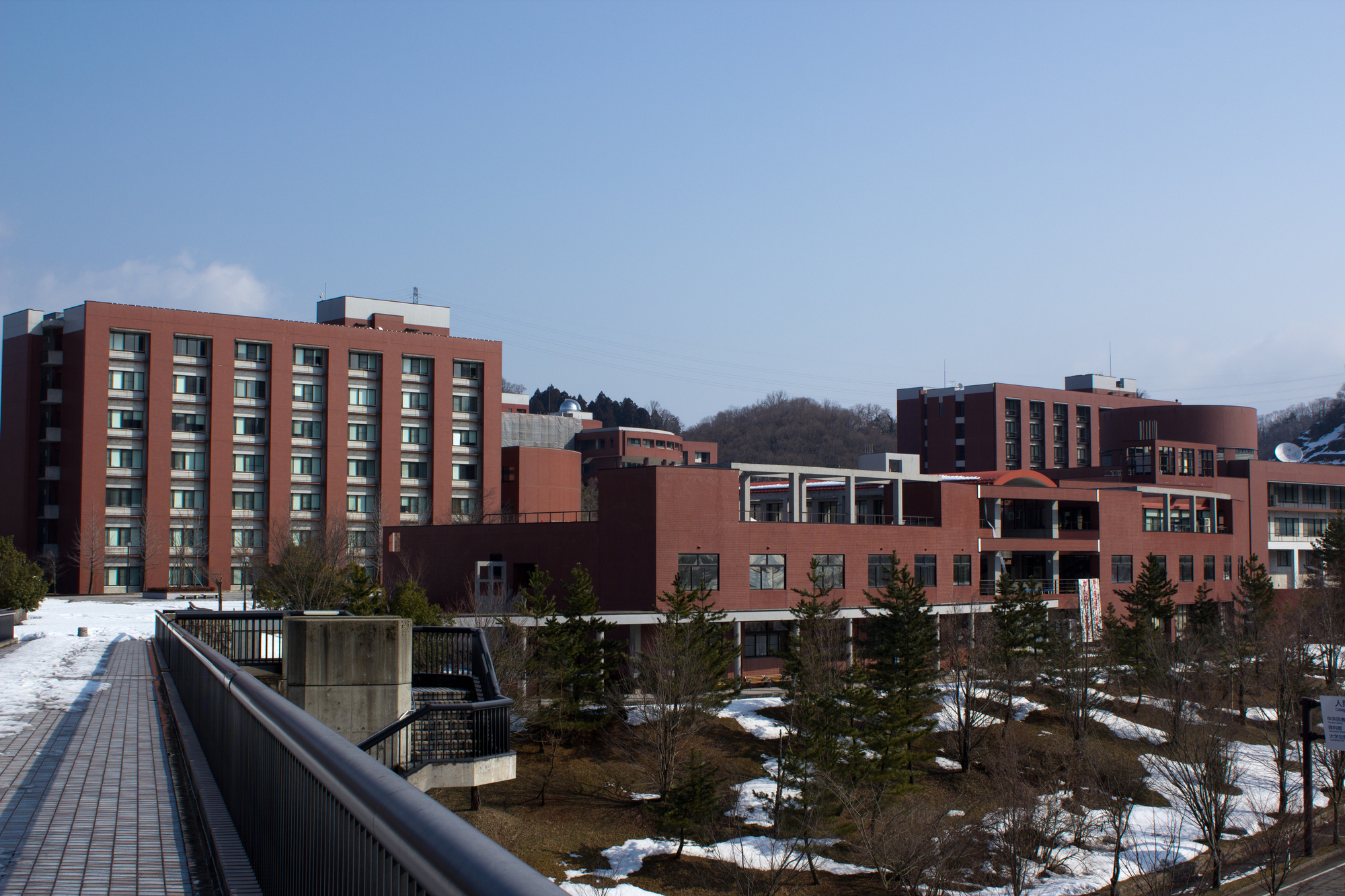International collaborative research groups such as Kanazawa University have analyzed the "paleogenomics" of Jomon people, Yayoi people, and Kofun period people excavated from the ruins of the Japanese archipelago, and the genome of the modern Japanese population is composed of three ancestral groups. It was revealed for the first time in the world that it was there.The joint research includes Dublin University, Tottori University, Okayama University of Science, Toyama Prefectural Buried Cultural Property Center, Hinodai Shell Midden Museum in Funabashi City, and Ainan Town Board of Education.
Regarding the origin of the Japanese, a "Japanese dual structure model" was proposed, which states that it has two different ancestors due to the cultural differences between the Jomon people (hunting and gathering) and the Yayoi people (rice farming).It has also been pointed out that there is a possibility of human influx during the Jomon and Kofun periods, but the actual situation was unknown.
This time, we succeeded in acquiring the genome data of 12 new individuals (9 Jomon people and 3 Kofun people) from the human bones excavated from the ruins of the Japanese archipelago.In addition, a large-scale population pareogenomic analysis (comparison of all genetic information extracted from old biological remains) using the Jomon and Yayoi genomic data published in previous studies and the genomic data of ancient human bones excavated from archaeological sites on the continent. Analysis) was carried out.
As a result, it was found that the Jomon ancestral population separated from the continental stratum population 2 to 1 years ago, and the initial population maintained a small population size of about 5.It became clear that during the Yayoi period, groups originating in Northeast Asia and during the Kofun period, groups from East Asia came to the Japanese archipelago.
This time, we have newly proposed a "Japanese triple structure model" that has these three ancestors.It is expected that these findings will be utilized as basic data for exploring the origin of the Japanese from the genomic data of ancient human bones excavated from the vast amount of archaeological sites that sleep in the Japanese archipelago.
Paper information:[Science Advances] Ancient genomics reveals tripartite origins of Japanese populations


